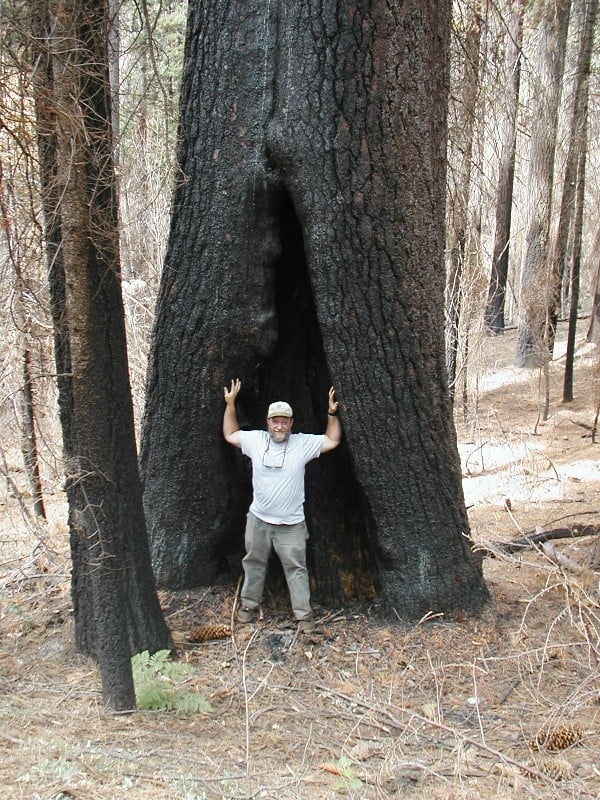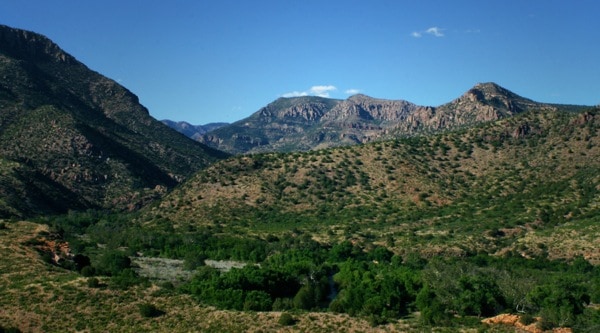 Faith Campbell has given her time and effort (prodigiously, is the word that comes to my mind) for many years to protecting our forests from introduced pests and diseases, most recently for The Nature Conservancy. As she is retiring, I asked her for a retrospective on her work, and she generously provided one below. Faith- thanks for all you’ve done, and all you continue to do for our forests!
Faith Campbell has given her time and effort (prodigiously, is the word that comes to my mind) for many years to protecting our forests from introduced pests and diseases, most recently for The Nature Conservancy. As she is retiring, I asked her for a retrospective on her work, and she generously provided one below. Faith- thanks for all you’ve done, and all you continue to do for our forests!
When I was a child, the streets of Washington, D.C. were still shaded by towering elms with sinuous, interlocking branches. When as a 20-something I hiked in Shenandoah National Park, dark hemlock groves were favorite spots. I have many photographs of limber pines silhouetted against Hallet’s Peak in Rocky Mountain National Park. I love Hawai`i’s `ohi`a trees growing out of cracks in the lava.
I know I am not alone in mourning the loss – past, current, threatened – of these and other trees. To me, these losses are severely damaging to the environment and represent an ethical failure: we are wantonly squandering species and species assemblages that have evolved over 10,000 or more years.
Many people have devoted their careers to tackling the threats posed by non-native arthropods and pathogens. I have spent 20 years trying to help them get the resources they need – both funding and political support. The longer I have been engaged, the more clearly I see that those of us who want to defend America’s trees from non-native pests need to change the political dynamic. We need to persuade the “political class” of three facts: that the threat to our trees is real, that protecting trees matters, and that solutions are possible.
In short, we can choose different actions and policies to minimize the risk that new damaging pests will invade and spread.
Many people are hurt by the death of trees caused by pests:
• homeowners who must pay to cut down beloved trees, and whose homes are diminished aesthetically and often financially when the tree is gone
• tax-payers in towns which must spend millions to cut down and replace city trees
• people whose livelihoods and cultures are tied to specific types of trees, for example, maple syrup producers, Native American basketweavers or acorn collectors, owners of walnut groves who planned on proceeds from selling the timber to finance retirement or grandchildren’s college educations
• people who enjoy hiking, camping, hunting, or other forms of recreation in the woods,
On a larger scale, about 60 million Americans depend on streams flowing from National Forests for their drinking water. Many cities are planting trees to save energy, trap pollutants, and slow climate change.
The question is, how do we engage the people who care about these issues in ways that will help to change the perception of invasive species, especially forest pests, among the political class? Can we channel their anger, frustration, even despair, into political clout to pressure the Congress and Administrative agencies to adopt more effective regulations and fund programs adequately?
I think one key player that we must somehow engage more effectively is the media. Can we persuade the regional and national media to cover the “why & how” of pest invasions, and what can be done to prevent new invasions? At present they tend to describe only the devastating impacts – which leaves people feeling helpless.
I hope to devote the next several years to trying to change this political dynamic. I welcome your thoughts, opinions, and – most of all – help!
Faith Campbell



